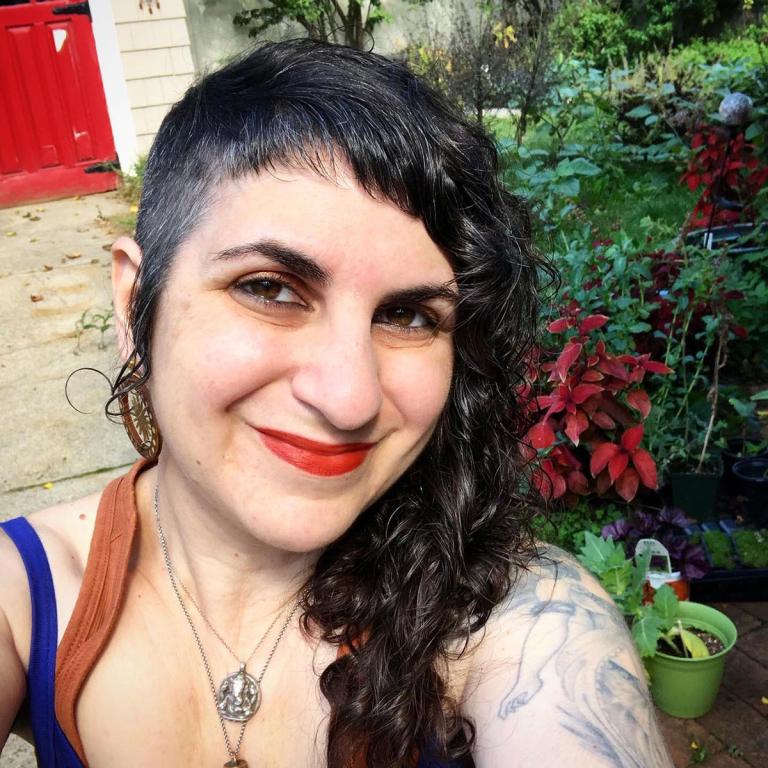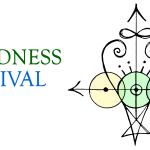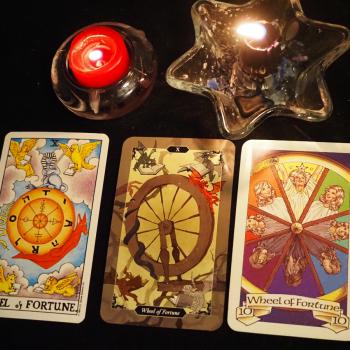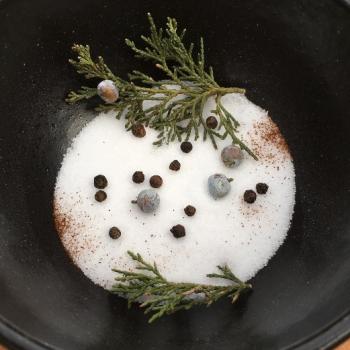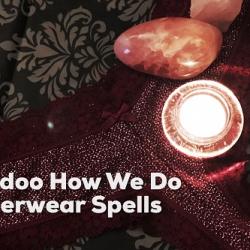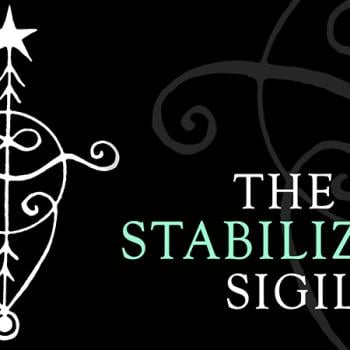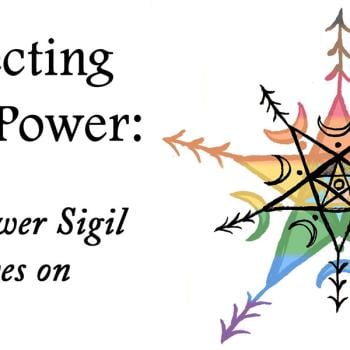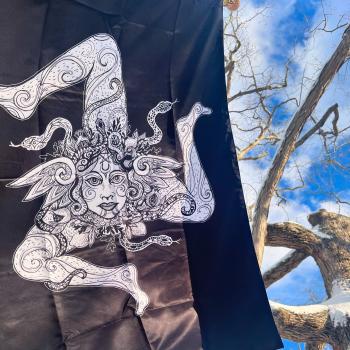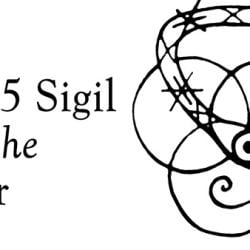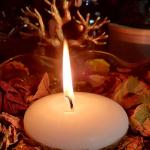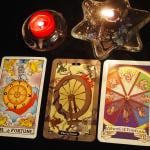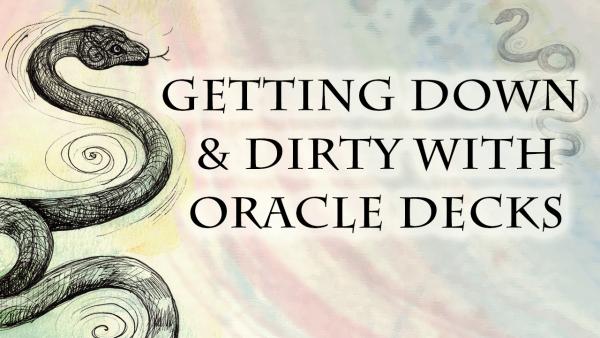
Are you ready to get down and dirty about oracle decks? Ok, maybe not dirty. But depths shall be explored!
I think a lot about oracles, not just because I’ve created two oracle decks in the last few years (the Liminal Spirits Oracle & the forthcoming Anatomy of a Witch Oracle), but because I love art and divination. And I’ve had a lifelong fascination with oracles in general.
It seems that the world of card divination is set up into two major categories: Tarot & Oracle – but that doesn’t really adequately describe the breadth and range of decks out there. A LOT of very different decks get lumped under the heading of “oracle cards.” Oracles often get a bad rap because of all of the confusion. While it’s true that technically anything can be used for divination (from wax drippings and entrails to tea leaves and book pages), usability and understanding may differ wildly from person to person. The same is true for oracle decks.
There’s actually a LOT to talk about, so I created a livestream video where I could talk about the major categories of cards that I tend to see, and show you some examples of each. Hopefully this video will help point you to decks that are better tools for YOUR needs.
I’ve outlined the categories and uses after the video as well for quick reference. Also, if you go to the video directly on my Youtube Channel, I’ve provided links to many of the decks I’ve shown in the description.
FYI, this is not meant to be an absolute list, but rather highlight the major ones you’ll typically come across:
- Established historical systems (lenormand, kipper, etc) that are explored by a variety of artists, but adhere to that established system.
- Deities & archetypes (exploring a specific pantheon, educational, meditation, exploratory, can also be some prayer cards)
- Affirmation & Expression cards (keywords & phrases, often paired with art, most often used for meditation or supplement to another kind of reading)
- Art decks (the focus more on art enjoyment than divination)
- Theme decks (oracular systems that are built on a certain theme such as animals, seasons, etc)
- Independent Oracular Systems – This last one can certainly overlap with previous categories (many decks can sit in several places), but the deck creator is consciously crafting their own unique system with its own internal language.
Also in the video I cover the variety of uses which is also key to consider. These uses may include, but are not limited to:
- divination
- meditation
- spellcraft
- exploration
- inspiration
- pathworking/building
- key message –
- supplemental ideas in companionship to a larger reading/working


